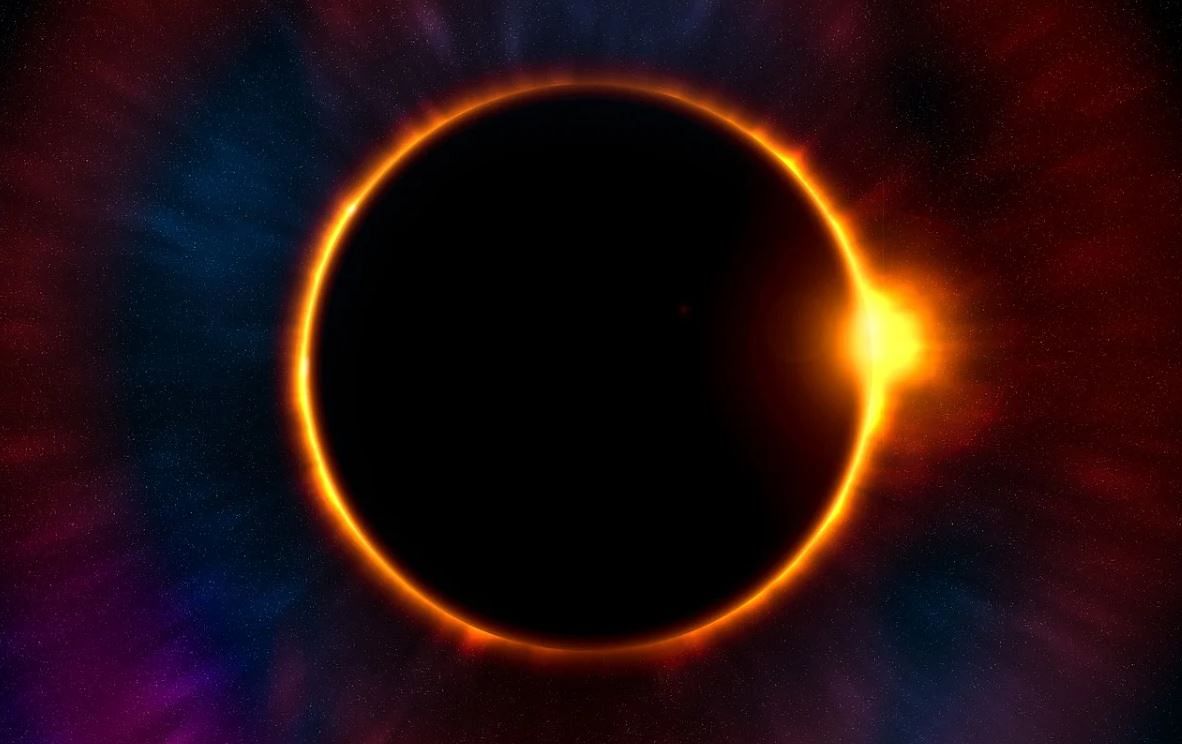
The best view of the solar eclipse, on Sunday, in Mysuru will be from Chamundi Hill, said S A Mohan Krishna, an amateur astronomer. Besides, June 21 is the summer solstice, which marks the longest day and shortest night of the year.
He said large telescopes or high magnifications are of little use for observing a lunar eclipse. “Binoculars or a small low-power telescope is recommended since they both allow the entire Moon to be viewed. Next solar eclipse will be on December 14, but not visible in India,” he said.
Precaution
“Observing the photosphere of the Sun (the bright disk of the Sun) directly, even for a few seconds, can cause permanent damage to the retina of the eye. Thus, viewing the Sun during partial and annular eclipse requires special eye protection or indirect viewing methods. Sunglasses are not safe. Only properly designed and certified solar filters should be used. Self-made filters using objects such as a floppy disk removed from its case, a compact disc, a black colour slide film, smoked glass, etc must be avoided. Tested solar goggles are available for Rs 30 to Rs 50. A pinhole camera is the simplest way to view an eclipse, but the solar image will be inverted,” Mohan Krishna said.
“The ‘Annular/Partial Solar Eclipse’ or 'ring of fire’ on June 21 is visible from most parts of India. Though solar eclipse happens in regular intervals, the annular/partial solar eclipse is a sporadic phenomenon, and occurs when the moon's apparent diameter is smaller than the sun's, thus obscuring most of the Sun's light and make it appear like an annulus (ring),” he said.
Partial in Mysuru
“The annular phase is not visible in Mysuru, but it can be observed as a partial solar eclipse. The Moon covers a large portion of the Sun. The percentage of the obscurity of Moon at Mysuru is about 35%,” Mohan Krishna said.
The eclipse in Mysuru will commence at 10.10 am and terminates by 1.26 pm. The greatest or maximum phase of the eclipse will eventuate at 11.43 am. The pathwidth of the eclipse’s shadow is 110 km and will travel at a speed of 1.1 km per second. During its over three-hour trajectory, the annular eclipse covers approximately 12,900 km, which is 0.34% of the surface area of Earth,” he said.